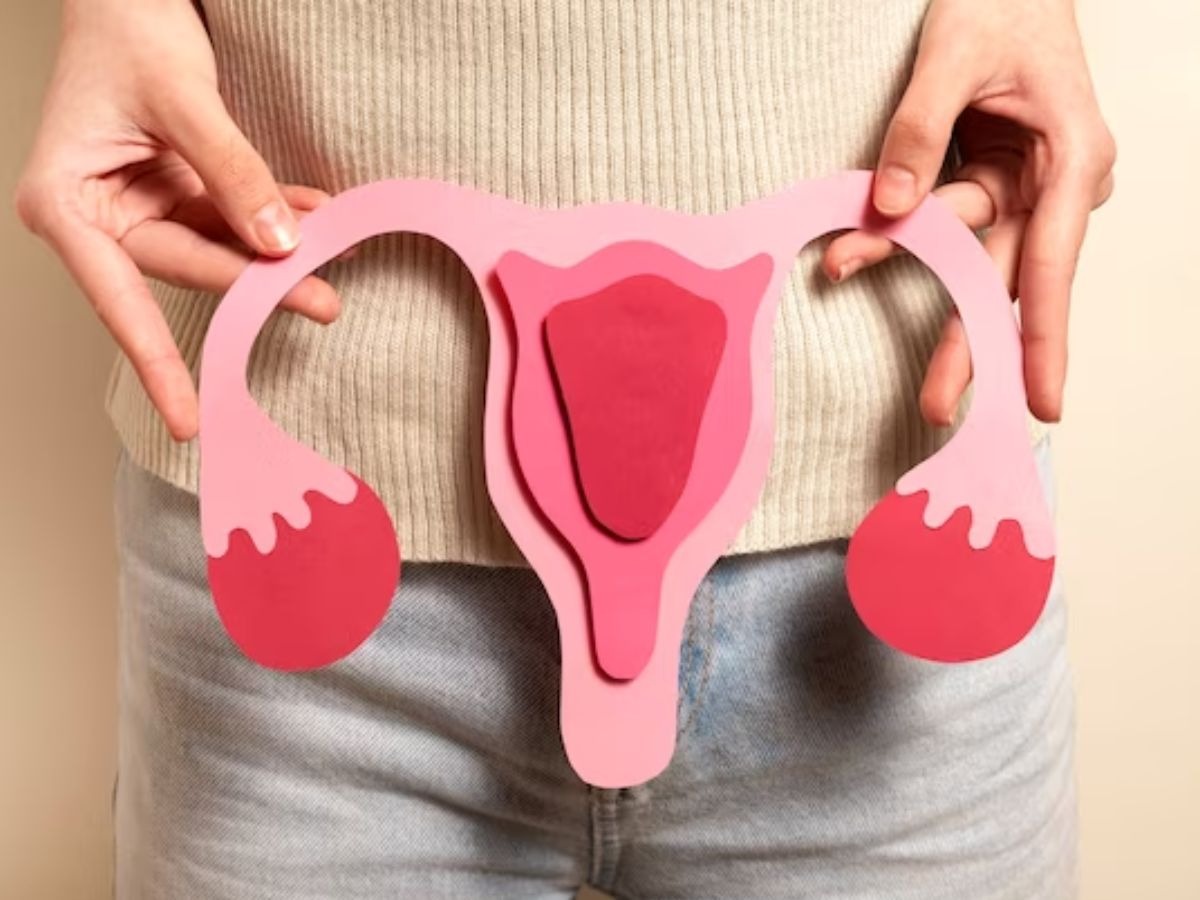
 ifference Between PCOD and PCOS: Unraveling the Enigma
ifference Between PCOD and PCOS: Unraveling the Enigma
Understanding PCOD and PCOS
In the hustle and bustle of the world, many women grapple with various health issues, often unaware of their existence. Among these, PCOD (Polycystic Ovary Disease) and PCOS (Polycystic Ovary Syndrome) are prevalent but frequently overlooked conditions. Some women even find it challenging to distinguish between the two or recognize their symptoms until the diseases have progressed significantly. In this article, we’ll delve into common questions related to PCOD and PCOS, shedding light on their symptoms and differences.
PCOD: Decoding the Basics
What is PCOD?
PCOD, known as Polycystic Ovary Disease, is a common condition in women. It involves the premature release of eggs by the ovaries, which later transform into cysts. Factors such as weight gain, stress, and hormonal changes contribute to this condition. In PCOD, the ovaries enlarge beyond their normal size, releasing excess estrogen, impacting women’s fertility.
Detecting PCOD: Signs and Symptoms
How to Identify PCOD?
Every illness manifests some symptoms in our body, allowing us to identify it. In the case of PCOD, signs may include:
- Irregular or delayed menstrual cycles: Changes in the timing of periods can be indicative of PCOD. If your menstrual cycles arrive earlier or later than usual, it’s crucial to consult a doctor.
- Excessive hair growth on body parts such as face, abdomen, and back.
- Fluctuations in body weight: Irregularities in weight gain or loss are also common symptoms of PCOD.
- Increased acne and oily skin: Changes in skin appearance, such as the development of pimples and increased oil production, may signal PCOD.
- Fatigue: Feeling tired even with minimal exertion can be a symptom of PCOD.
PCOS: A Deeper Dive
What is PCOS?
PCOS, or Polycystic Ovary Syndrome, is a disorder that goes beyond the severity of PCOD. It involves heightened metabolic and hormonal imbalances, potentially impacting pregnancy.
Identifying PCOS: Unveiling the Indicators
How to Recognize PCOS?
Distinguishing between PCOD and PCOS can be challenging due to overlapping symptoms. However, specific signs may indicate PCOS:
- Irregular menstrual cycles: Similar to PCOD, PCOS can lead to irregular and heavy or scant bleeding during periods.
- Presence of dark patches on the skin: Known as acanthosis nigricans, these patches may appear on the neck, groin, or under the breasts.
- Increased risk of infertility: PCOS heightens the possibility of fertility issues, making conception more challenging.
Navigating Women’s Health
In conclusion, understanding the difference between PCOD and PCOS is crucial for women’s health. Both conditions can have profound effects, impacting fertility and overall well-being. Seeking timely medical advice and adopting a healthy lifestyle are essential steps in managing these disorders.
Read More: Side Effects Of Consuming Fennel And Ajwain Water Early Morning Revealed By Expert

 Share
Share_259863270_100x75.jpg)



